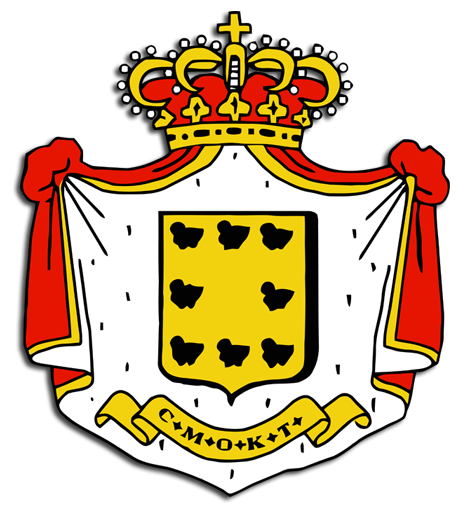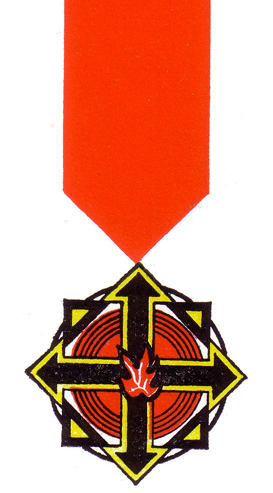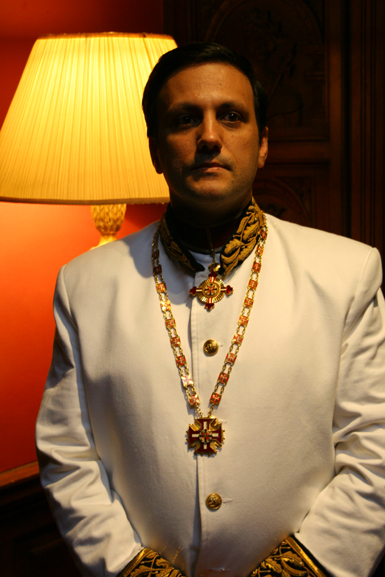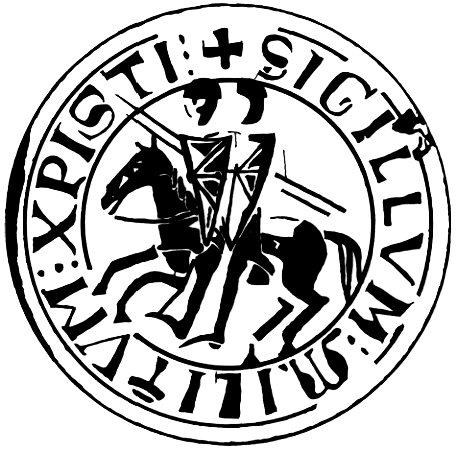
Civil
and Military Order
of Knight Templars
Pauperes commilitones Christi Templique Solomonici
Magnum Magisterium
INTERNATIONAL CONVENT OF THE ORDER


Frater
Rui Pires Costa
Galvao Gabirro
His Grace
the Duke Alexander
of Cabinda
Grand Master Prince Regent of the Order
Frater Dimitrij Klinar, CMOKT, Grand Chancellor
Frater Carlos Paccioni, CMOKT, Grand Prior of Peru
Frater Motassen, CMOKT, Grand Prior of Lebanon
Frater , CMOKT, Grand Prior of USA
Frater Ivan Pablo Pedrazas, CMOKT, Grand Prior of Bolivia
Frater Miroslav Kendrišic, CMOKT, Grand Prior of Serbia
Frater Aleksander Klinar, CMOKT, Grand Prior of Slovenia
Frater , CMOKT, Grand Prior of Venezuela
Frater , CMOKT, Grand Prior of France
Non nobis, Domini, non nobis, sed Nomini Tuo da Gloriam
HISTORY OF THE ORDER
Some Aspects of the History of the Order of the Knights Templar
TRADITIONS OF THE ORDER
Original Requirements and Investiture Ceremony of a Knight of the Temple
HISTORY OF THE MODERN ORDER
Bernard-Raymond Fabrè-Palaprat + 18th February 1838
LINEAGE OF THE ORDER
LIST CHRONOLOGIOUE DES DIRIGEANTS DE L’ORDRE DU TEMPLE
Origins and Lines of the Order
